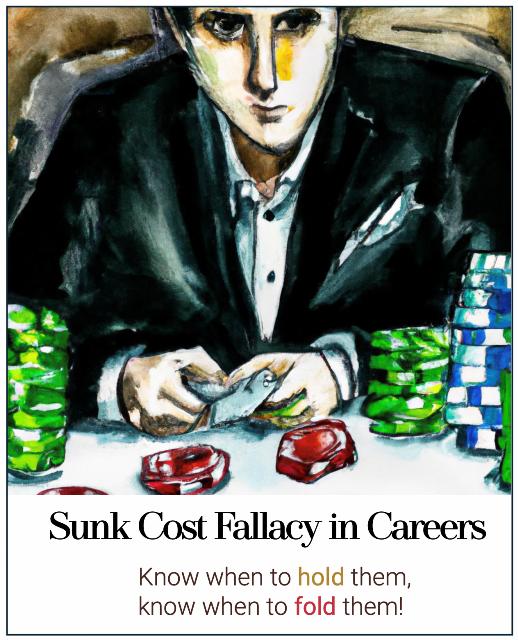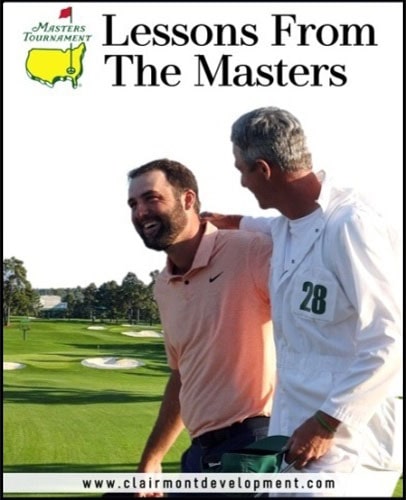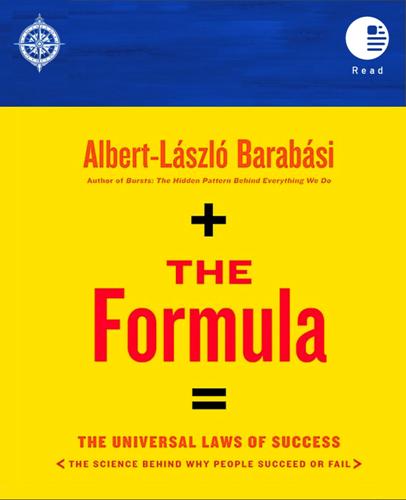Sunk Cost Fallacy in Careers
Know when to hold them, know when to fold them!
I recently watched an interview with poker player Anne Duke speaking about the concept of the sunk cost fallacy. The fallacy is basically referred to a player’s reluctance to fold or abandon a hand based on the amount of money or chips they have already invested in the pot! This fallacy arises when a player continues to invest in a losing hand, hoping to recover their initial investment, despite the unfavorable odds and signals that they should fold! It got me thinking, if this is a human trait, how does it manifest itself in the concept of career management.
How do cognitive biases, such as loss aversion and confirmation bias, contribute to our reluctance to change career paths despite dissatisfaction?
The Sunk Cost Fallacy is a cognitive bias that causes individuals to persist with ventures based on prior investments rather than current or future benefits. It is not just flawed logic but is deeply ingrained within our cognitive and emotional processing systems, particularly in the prefrontal cortex and amygdala interaction.
The prefrontal cortex serves as the center for our executive functions and makes decisions based on logical analysis, future goals, and objective evaluation. However, the amygdala, which governs our emotions and memories, often plays a more significant role, causing us to be influenced by past investments and emotional attachments. This can make it challenging to make decisions that involve letting go of sunk costs, as the amygdala tends to fuel our emotional investments, making it difficult to think objectively. There are four common actions that derive from this type of thinking.
Related Article: Training default mindset
Reluctance to Change Paths: Individuals may be reluctant to change career paths, even if they are dissatisfied or unfulfilled in their current roles, simply because they have invested significant time and effort into building their current career. We have all seen examples where colleagues who seem stuck in their roles where their growth is hampered, but stay out of fear of changing roles resulting in disengagement and apathy.
Ignoring Changing Interests: As individuals evolve and develop new interests or passions, the sunk cost fallacy may prevent them from pursuing those interests if it requires a shift in their career. The fear of wasting previous investments might override the acknowledgment of evolving personal or professional aspirations.
Fear of Starting Over: Changing careers often involves starting from a lower position or re-entering the learning curve. The sunk cost fallacy may contribute to a fear of starting over, as individuals may perceive this as a setback given their past investments in previous career.
Ignoring Updated Information: The sunk cost fallacy can cause players to ignore updated information, such as opponents’ actions or changing odds, which could otherwise guide a rational decision to fold.

Visual: resource database
The Neural Tug-of-War: How Emotions Shape Decision-Making
Our decision-making process is influenced by a neural tug-of-war. The amygdala’s activation in response to potential losses is very powerful and often overpowers the more rational counsel of the prefrontal cortex. As a result, we tend to make decisions based on the fear of losing what we have already invested rather than on the logical incentives to cut our losses and pivot towards more promising ventures. It is not just a flaw in judgment but a reflection of the emotional investment we have made, encoded in our neural pathways and woven into the very fabric of our brains.
How can we reduce the impact of the sunk cost fallacy on the career decision-making process?
To tackle the problem of cognitive biases, it is vital to encourage the use of decision-making frameworks that emphasize objective analysis and forward-looking considerations. Such frameworks can help individuals evaluate options based on current and future potentials instead of past expenditures. This will lead to more rational and beneficial decision-making processes.
Using a framework can help individuals look at their career path objectively. In effort to conserve energy our subconscious mind looks to maintain the status quo. We can tell ourselves a narrative that disincentives us looking more broadly about career options. Therefore, creating a level of distance can be extremely helpful.
Leveraging the Content-Process-Context Framework for Informed Decision Making
Lent & Brown in their paper ‘’Career decision making, fast and slow: Toward an integrative model of intervention for sustainable career choice’’ attempted to understand how career decisions are made by individuals. The framework they developed is called Content-Process-Context (CPC). “The structure is intended to be integrative in several ways, for example, by drawing together three forms of assessment that are not always employed systematically in career interventions and by marshalling ideas from within vocational psychology as well as other disciplines concerned with human decision-making (e.g., cognitive psychology, behavioral economics).”
Content assessment: When looking at content, you need to identify your strengths, weaknesses, interests, and goals and match that with current and prospective roles. To do this, it requires understanding of key skills needed in a particular field. You can do this by examining the characteristics of those who currently hold that role and consider if that matches your skill set and your aspirations. Understanding the content of your career involves self-reflection and continuous learning, ensuring that individuals are equipped with the knowledge and abilities necessary for the chosen career path.
Process assessment: This involves a detailed analysis of the steps taken during the decision-making process, including information gathering, weighing pros and cons, setting priorities, and managing uncertainties. Identifying difficulties within your process can help you understand potential pitfalls, biases, or cognitive patterns that might impede effective decision-making. By addressing these challenges, you can enhance the quality of your decision-making and make more informed choices regarding education and career paths. It is helpful to get out of your head during this assessment to make sure that you are not making assumptions. That is why the old adage of physically writing down a list is helpful to look objectively at the data vs keeping it all in your mind where is bounces around and creates narratives that may or may not be true.
Contextual assessment: This assessment looks at the external factors that could include the current job market, industry trends, economic conditions, and cultural or social influences. Understanding these contextual elements is crucial because they can either facilitate or hinder your successful implementation of chosen educational and career paths. By assessing the environment in which decisions are made, you can anticipate challenges, leverage opportunities, and align your choices with the broader landscape of their chosen field. Making career decisions is stressful, and in stressful situations we tend to see limited options. That is why having people familiar with you and your aspirations is helpful to seek advice and insights on potential moves. You would be surprised at how willing people are to help and share insights they have based on their experience.
So, while I may not excel at poker, the lesson remains clear: maintaining objectivity in assessing career journey is critical.
At the end, we are trying to develop ourselves and create a unique value proposition for ourselves and careers. For some it is staying in a role and realizing further development, while for others is about moving to other roles to broaden the exposure. Both strategies are fine, but they need to be made deliberately with purpose and intention to meet the goals of success. The challenge is ‘’we make decisions on career based on fear or comfort rather than from a strategic position?’’
Clairmont Advisors is a L&D training and consulting firm based in Dubai, United Arab Emirates. At Clairmont we seek to understand the desired results based on organizational and personal perspective to draft bespoke training solutions and consultation services for UAE, Saudi Arabia, Qatar and other GCC countries.
The development of our solutions are based on both academic and applied experiences. Each engagement follows a disciplined approach to development, where the goals are discussed, expressed, and a clear methodology to determine success.
To learn more about our programs and consulting services visit our offerings page.









Leave A Comment